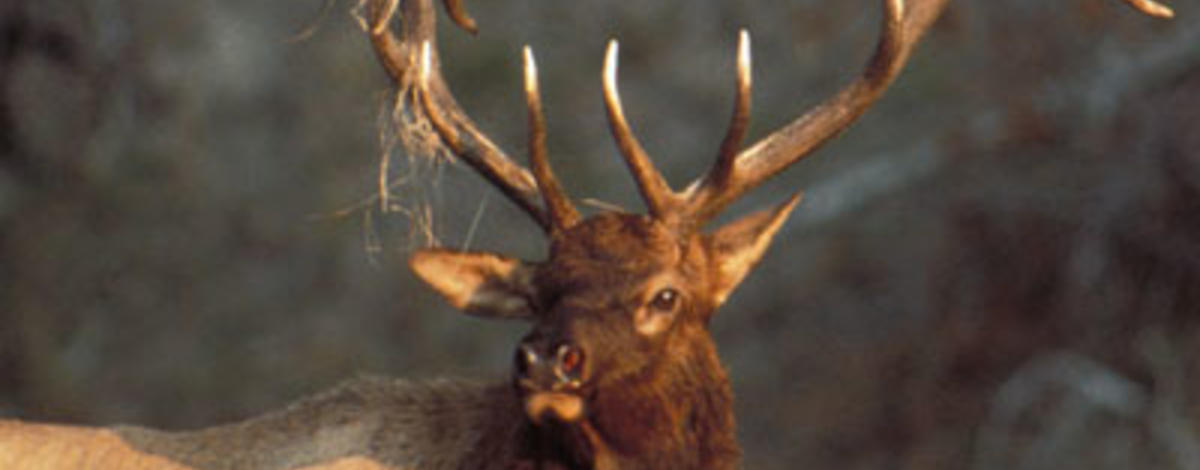Hunting season in Idaho is already warming up. As the weeks go by we will make the final preparations for fall, hunters often find themselves asking critical questions like “Is my rifle or bow sighted in?” “Are my good knives still in my pack?” “Where did I put my tags” “Where am I going to set up camp this year?” “Which wall am I going to put the antlers on?!”
Undoubtedly, most of us will have mulled over these questions many times before we head into the hills. With so much to think on, it is pretty easy to forget something along the way to hunting camp. Even if we cover all the bases before our hunt, there's a whole other checklist when the time comes to notch a tag. The excitement of success alone might cause a few of us to miss an item or two on that list, like leaving a good pair of binoculars sitting in the woods.
Regardless of their excitement or exhaustion, one item on the post-harvest checklist that hunters should never forget to check off is to remove the tenderloins when field dressing the animal they harvested. While a forgotten pair of binoculars might mean one more trip up the mountain, a forgotten pair of tenderloins could cost you a trip to the courthouse.


Sitting on the sidelines watching your family and friends go hunting for three years is a hefty price to pay. To avoid making this mistake, it is best to familiarize yourself with the anatomy of the animals you are hunting and brush up on field dressing techniques to make sure it is done correctly. If done properly, retrieving all portions of edible meat takes little time and results in more, cleaner and better tasting food on the table. Browsing the internet for field dressing videos will provide a great deal of resources to help get experience in this critical part of the hunt. You may also find a few videos on the Idaho Fish and Game website here.
In recent years more hunters have been choosing to use the “gutless method” to process animals in the field. While this circumvents the task of removing the stomach and other internal organs, hunters must be extra cautious to make sure they retrieve what is required by law. The “gutless method” is a quick way to remove the four quarters and backstraps off a downed animal. It is also more suitable for those long hikes out of the back-country by reducing unnecessary weight. But if done improperly or with haste, it is easy to leave large portions of meat, or forget about the tenderloins, resulting in a violation. Once again there are many “how-to” videos to be found online, and another summary can be found on the Fish and Game website here.
However you decide to process your game in the field this year, the most important thing is to take your time and be thorough. Just like triple checking before leaving home that all of the gear makes it into the truck, taking care of a harvested animal is a critical part of the hunt. Happy hunting this coming season, good luck out there and remember the tenderloins!

